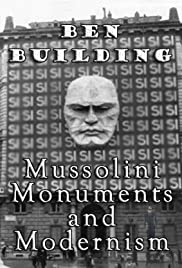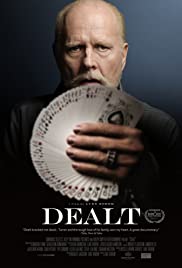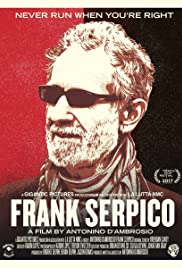
Vast, wild, and remote, the Arctic National Wildlife Refuge is where some of the world’s greatest wildlife spectacles unfold. Situated in northeastern Alaska, this Refuge has long protected survivors of the Ice Age that still roam a frozen wilderness. Now, this icy fortress is melting due to climate change. For the caribou, musk oxen, polar bears, and Arctic foxes, the Ice Age is slipping away.
You May Also Like

In response to a wave of discriminatory anti-LGBTQ laws and the divisive 2016 election, the San Francisco Gay Men’s Chorus embarks on a tour of the American Deep South.

Based on the best-seller book ‘The Little Prince’, the movie tells the story of a little girl that lives with resignation in a world where efficiency and work are the only dogmas. Everything will change when accidentally she discovers her neighbor that will tell her about the story of the Little Prince that he once met.

Today, the art world and beyond is obsessed with shooting analog. Whether it’s a fashion house seeking to bring a new edge to their creative work, an amateur perusing eBay for the perfect vintage Polaroid, or an influencer attempting to capture a comforting retro aesthetic on social media, analog photography has piqued the interest of people everywhere. Is this resurgence a backlash against digital photography? Is it just a trend perpetuated by our desire for authenticity in an increasingly superficial world? Or is it something else entirely?
Grain: Analog Renaissance is a documentary by Alex Contell and Tommaso Sacconi that explores the stories of those committed to using film in modern day photography.

Having previously investigated the architecture of Hitler and Stalin’s regimes, Jonathan Meades turns his attention to another notorious 20th-century European dictator, Mussolini. His travels take him to Rome, Milan, Genoa, the new town of Sabaudia and the vast military memorials of Redipuglia and Monte Grappa. When it comes to the buildings of the fascist era, Meades discovers a dictator who couldn’t dictate, with Mussolini caught between the contending forces of modernism and a revivalism that harked back to ancient Rome. The result was a variety of styles that still influence architecture today. Along the way, Meades ponders on the nature of fascism, the influence of the Futurists, and Mussolini’s love of a fancy uniform.

Sixty-two year old Richard Turner is renowned as one of the world’s greatest card magicians, yet he is completely blind. This is an in-depth look at a complex character who is one of magic’s greatest hidden treasures.

American Christian missionary John Chau was murdered when he tried to illegally contact and convert some of the world’s last uncontacted indigenous people. Through exclusive interviews and archival footage of John’s journey, THE MISSION explores themes that strike deep at the heart of religion, colonialism, and anthropology, questioning where we draw the line between faith and fanaticism, exploration and exploitation, imagination and destruction.

In the heart of America’s opioid epidemic, four men try to reinvent their lives and mend their broken relationships after years of drug abuse.

Two months before his death, the central figure of “The Guildford Four” Gerry Conlon meets Lorenzo Moscia to recount his remarkable life, from falsely imprisoned to world-famous human rights activist.

As an NYPD officer in the late 60s and early 70s, Frank Serpico blew the whistle on the corruption and payoffs running rampant in the department, was shot in the face during a drug arrest, and most famously became the subject of Sidney Lumet’s classic film SERPICO. Forty-plus years later, Serpico talks about his Southern Italian roots and upbringing, his time as an undercover officer, and his post-NYPD life in Europe and ultimately upstate New York. Adding their own recollections are his fellow officers, childhood friends, his West Side neighbors, and his admirers such as writer Luc Sante and actor John Turturro. With unprecedented access to its subject and augmented by original music by Jack White and an original score by Brendan Canty of Fugazi, Antonino D’Ambrosio creates a memorable, powerful portrait of an always-committed public servant who still walks the walk in his very own unique way.